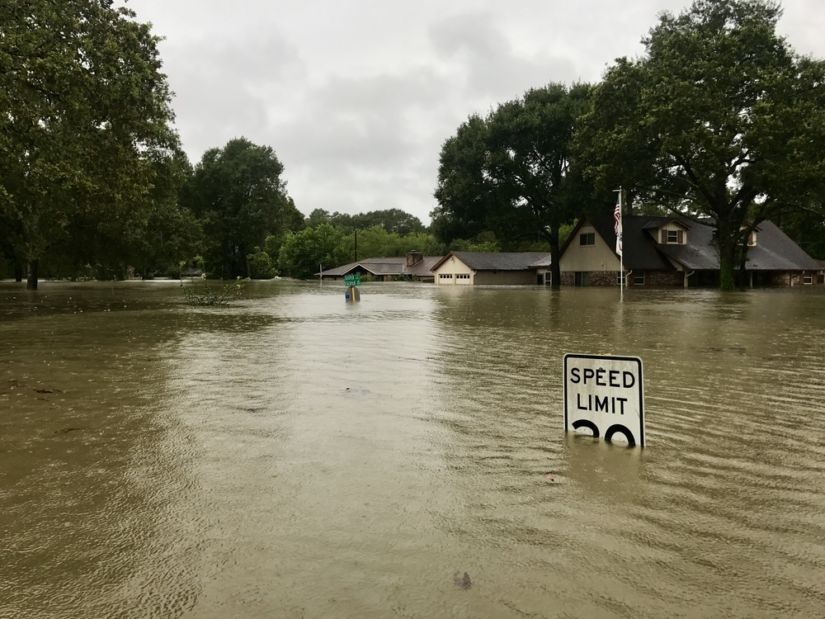With the South constantly getting bombarded by an endless wave of floods year after year, the threat of getting a flood-damaged car is real. Even used cars in the North can come from anywhere and anyone, so geography doesn’t necessarily protect you from buying a vehicle that suffered flood damage. But, if you take these three tips into consideration before buying a used car, you might stand a chance. Now, I’m not saying all car dealerships are out to get you. But, it’s important to realize that it’s your responsibility as the consumer to do your due diligence when it comes to buying a used car. Check the history of the vehicle, get it inspected, and make sure it’s good to buy. If you don’t do this, then you deserve to get swindled. Here are three tips to avoid buying a used car with flood damage.
Use Your Nose
Your nose is one of your most powerful assets when it comes to used car shopping. Whether you’re trying to figure out if a car came from a flood-damaged area, or if it has a transmission or engine problem, your nose is your first defense.
Why? Well, if there is something wrong with the transmission, chances are it’s going to smoke, making it smell funny. Ditto the engine. But, your nose can also help you detect flood-damaged cars. If you’re familiar with the smell of mildew — if you aren’t, don’t worry; it’s very distinctive — you know that it grows in damp, dark places.
When you get in the car to test drive it, first see if you can smell any mildew. If you can’t, roll down the windows and roll them back up again to see if you can detect any mildew coming from there. Given that the space between the doors and windows is dark and will retain water, this is a common place for mildew. Also, make sure to open the trunk and sniff for traces of mildew there as well. Since that’s also a common place for it to build up.
You’ll also want to check for any over-the-top scents that might be masking something. If you get in the car and it smells heavily of cleaning agents or car fresheners, it’s possible the owner is trying to cover up a different smell. That might not be the case 100% of the time, so you’ll still want to double check a vehicle history report just to make sure.
Check the Trunk and Under Floor Mats
Your eyes are also a powerful asset when it comes to buying a used vehicle. Another way to check for flood damage is look for anything that’s been marred on the inside of the vehicle from water. Two common places are under the floor mats and in the trunk.
If a flood occurs, then there might be silt, sand, or dirt under the floor mats. Along with that, you might also find water stains under the floor mats in the front or back. If you see new carpet, floor mats, or mismatched upholstery, then this is also a sign that the previous owner might be trying to hide something. If you are buying it from a private seller, be especially wary.
As far as the trunk goes, you’ll want to look around while you’re using your nose to detect mildew. Look for any water stains, fresh carpet, or even full-on water rot (if the car sat long enough).
A Price That’s Too Good
Finally, and this goes for any used car, if the price is too good to be true on a used car during or shortly after flood season (and the vehicle history report says it came from flood country), then the price probably is too good to be true.
Bottomline: do your due diligence when shopping for a used car, and you’ll be fine.



